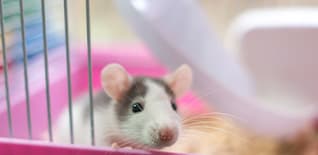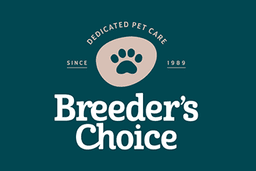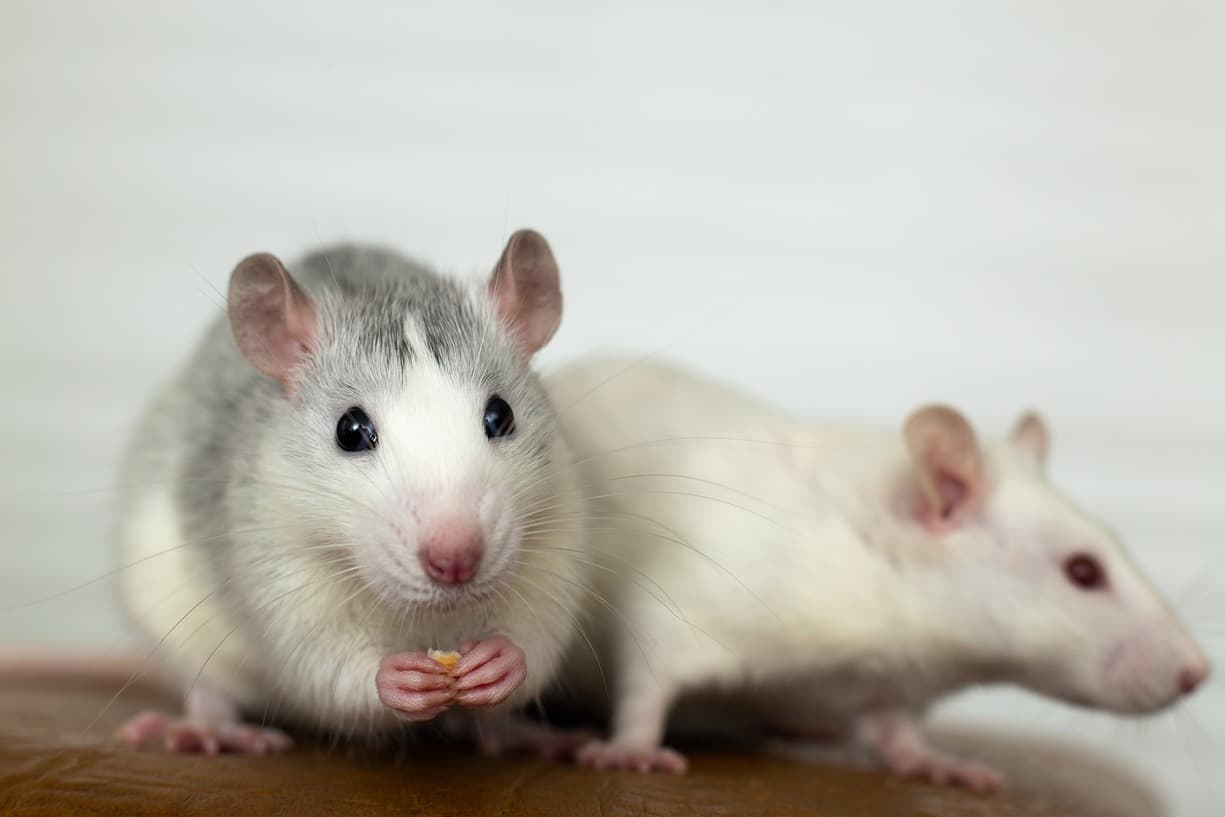Caring for your rats or mice is easy, and they make for wonderful modern pets. They’re smart, social and clean, not to mention inexpensive to keep.
So ignore old-fashioned naysayers. Rats and mice are fantastic company, and our pointers will help you provide a fun and healthy life for your new pet.
Housing
Rats and mice love space, so choose the largest cage you have room for. They require a “gnaw-proof” cage. Consider a solid plastic or glass tank, with good ventilation and a secure lid to protect from predators—and sneaky escapes! Birdcage style enclosures are also popular. The minimum cage size for rats is 35cm L x 28cm W x 44cm H. For mice it's 35cm L x 28cm W x 30cm H.
Flooring and bedding
Rats and mice love burrowing. Flooring is needed but straw is too sharp and sawdust is too fine, irritating your pet’s eyes, nose and ears. Wood shavings or paper are best. You’ll need an allocated sleeping area, like a bird nesting-box filled with shredded paper.
Exercise and play
To inspire exercise and stimulate your pet’s mind, a cage with a playground-like environment is best. Plastic toys, tubing, fruit tree branches and rocks are popular. Rats and mice have constantly growing teeth. Chewing wears them down, allowing the mouth to occlude correctly. Gnawing toys, branches and sticks are a must.
Keep it clean
Clean the food bowl daily, and the water bottle at each refill. Change the bedding every three to five days. Clean the cage, toys and accessories once a week with a special animal disinfectant.
Give them company
Rats and mice should not be housed together. But as social animals they love company, and appreciate friends of the same species.
But not company of the opposite sex!
A male and female pairing may result in constant breeding, so watch out! Male/male or female/female pairings are preferred. The exception is two male mice, which equals endless fights. Many owners have a male rat or mouse neutered to reduce aggressive behaviour. It also means they can share a cage with a female without having offspring. If one male in a shared cage is neutered, a non-neutered male may harass it, so the procedure should be carried out for all cage mates. Talk to your vet about pros and cons.
Feeding
Feeding the right mix is important. The majority of your pet’s daily diet should be a dry pellet mix specifically created for rats or mice so they receive the required nutrients. Keep food stored in an airtight container so it stays fresh.
The rest of your pet’s intake can be fresh fruit and vegetables. Popular choices include carrots, broccolis, sprouts, tomato, avocado, apple and banana. Rats and mice enjoy occasional treats, like biscuits, and cooked pasta and rice. Rats often love corn-on-the cob while mice may appreciate dandelion leaves.
Before offering anything new, research. The RSPCA offers information on food items best avoided for rats and mice. Drastic dietary changes can also induce gastrointestinal issues, so introduce new food slowly. The last thing you want is upset stomachs!
You can leave food out all the time in easy-to-clean dishes, but these must be changed daily. Keep in mind pets may hide food, so take care to clean their home regularly. Fresh water should be readily available. Invest in a non-drip bottle with a stainless steel nozzle.
Handling your rats and mice
Handling is a vital part of caring for your rats and mice. For the first few days, just stroke the rat or mouse so they become accustomed to your scent. After that, you can pick them up to hold. Don’t use their tail to lift. Form a cradle with two hands and scoop them up, allowing them to rest in your palm.
Biting is rare with domestic, hand-reared rats and mice. If they do bite, it’s fear rather than aggression. After touching food, wash your hands to avoid your finger being mistaken for food!
Caring for your rats and mice isn't difficult with a bit of preparation and knowledge. Have fun spending time with your new pet. Rats and mice are terrific additions to any household!































